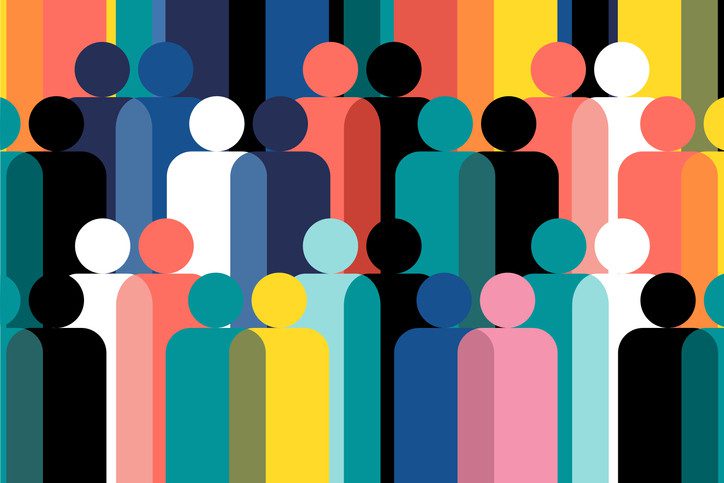Some people — including children — feel very strongly that their gender is not the one they were assigned at birth. It’s not even really a feeling; it’s something they know for certain. When families, health care providers, and others ignore or deny this, or try to stop the person from living as the gender they feel is right for them, it’s not only unkind but dangerous.
When a child is born, they are assigned a sex (or “natal gender”) based on their body characteristics — or chromosomes, in cases where the body characteristics are not so clear. Most of the time, children are fine with their assignment of male or female. But sometimes, that assignment can feel very wrong; sometimes, children truly feel that they are in the wrong body, or that they don’t fit either sex, or that they move between the two.
It’s certainly common for young children to explore gender identity — but this is different. This is not a phase; this is about who they know themselves to be.
How common is this?
This is more common than many people realize. Data show that about 0.6% of adults and 0.7% of teens identify as transgender or “gender nonconforming.” That’s about five students in every high school — too big a number to ignore, but small enough to be excluded and scorned.
And that’s where the danger lies. Research shows that gender-nonconforming teens realize that they feel “different” at around age 8, but usually don’t disclose for about 10 years. That’s 10 years of feeling that they are in the wrong body. And as they do disclose, or as people around them begin to sense that they are different, they face bullying and social isolation. This takes its toll: not only are gender-nonconforming youth at much higher risk of depression and anxiety than their gender-conforming peers, but 56% of them report thinking about killing themselves, and 31% have tried.
To be clear, the research shows that being gender-nonconforming is not a result of mental health problems; the mental health problems that are so common in this population arise from how it feels to be in the wrong body, and how they are treated by others.
That is why the American Academy of Pediatrics (AAP) and the American Psychiatric Association feel so strongly that gender-nonconforming youth need not just protection but gender-affirming care. Gender-affirming care is evidence-based, developmentally appropriate care that supports gender-nonconforming youth in being who they know themselves to be. This care is grounded in the understanding that diverse gender expression is not a mental health disorder but rather part of natural human diversity.
Why does gender-affirming care matter?
When youth receive gender-affirming care, it makes all the difference for their mental health — which makes all the difference for their physical health as well. While gender-affirming care may involve hormone therapy or surgery, its main point is to support gender-nonconforming youth and their families with a team of providers that understands their needs. Denying those needs — or even worse, using “reparative” or “conversion” therapies to prevent or dissuade children and teens from different gender expressions — is not only ineffective but can cause real harm. This is why not just the AAP, but the Substance Abuse and Mental Health Services Administration and the American Psychiatric Association, have all spoken out against it.
We cannot change who we are — nor should we, especially when trying to change who we are comes at such a clear and terrible cost. It is a fundamental human right to be who we are, and to get the care we need.
As a service to our readers, Harvard Health Publishing provides access to our library of archived content.
Please note the date of last review or update on all articles. No content on this site, regardless of date,
should ever be used as a substitute for direct medical advice from your doctor or other qualified clinician.
Commenting has been closed for this post.
Source by www.health.harvard.edu


